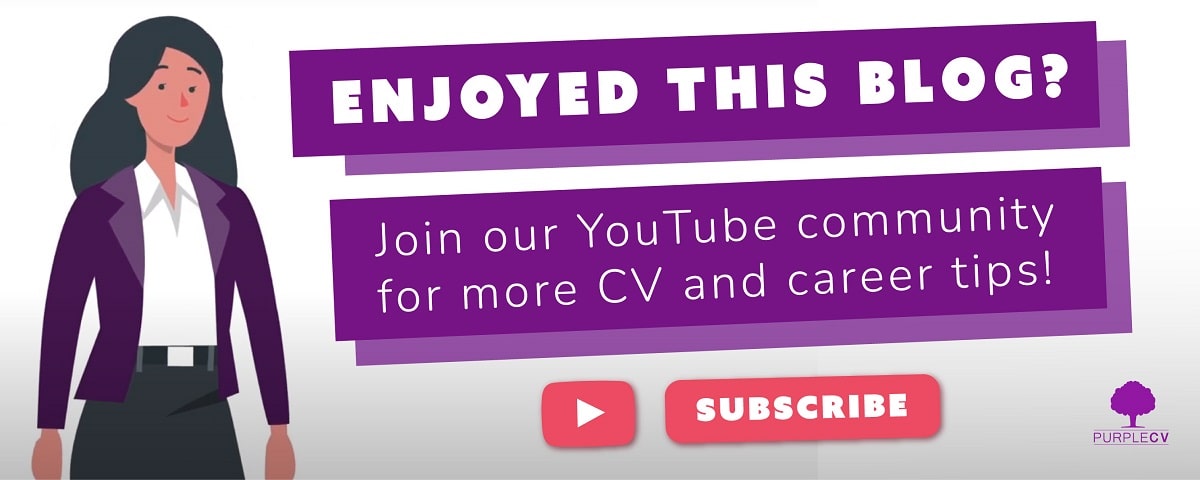Job boards are great places to search and apply for jobs online – these sites host thousands of roles on behalf of employers and recruitment agencies, from all industries and sectors.
The majority of job boards allow you to search jobs without signing up, but once you register and upload your CV, you can apply for a role with one swift click – or tap if you’re on mobile!
But that’s not the only way job boards can help you land a new position.
When you upload your CV to a job board, it enters a database which recruiters and employers browse in the hope of finding a candidate that matches their vacancies. Therefore, by using a job board, you also give yourself the chance to be headhunted for a top role.
If you’re wondering how to optimise your CV for job boards to make sure you get those most out of using a job board, here are a few of our top tips…
Keywords
An estimated 70% of CVs are being filtered out during the CV sifting process thanks to applicant tracking systems (ATSs).
ATSs, also known as “the CV robots”, look for keywords in CVs to create a shortlist of relevant applicants to send to the recruiter.
As CV sifting is so commonplace, it would be foolish to submit a generic CV and expect to hear back about your application.
You must tailor your CV to the job or industry you’re applying to if you want to get anywhere; especially if you are applying through a job board. This is mainly because recruiters will be searching the CV database via keywords, too.
Read job adverts you like the look of thoroughly and draw out keywords and phrases. Liberally sprinkle them naturally throughout your CV to show you’re a match.
Mirror back to the CV robots and recruiters what the job advert requires – this way, your CV will reflect that you are an ideal candidate, at least on paper!
Job title
Make your job titles for your previous jobs as industry standard as you can.
Your most recent role as a “Branding Ninja” might sound awesome and impactful, but it’s unlikely to signal to the ATS or the recruiter that you’re a “Marketing Manager”.
Save any weird and wonderful job titles for your first interview so you can explain exactly what it entailed in person.
For the time being, keep it simple, easy to understand and robot friendly!
Get a job board and ATS friendly CV written by us!
Early Career CV
0-3 Years' ExperienceNext Step CV
3-10 Years' ExperienceAdvanced Career CV
Over 10 Years' ExperienceSpecialist CV
For Niche ProfessionsRemove anything that isn’t text
Most job boards will accept creative or graphic heavy CVs as they don’t want to isolate those applying for roles in the creative industries.
However, if you have a graphic CV, or even a CV that include graphs, note that most ATS algorithms won’t be able to read it.
If you’re not in the creative industries, increase your chances of securing an interview through a job board by minimising the use of graphics, symbols (except bullet points) and tables.
Make it easy to read
Formatting your CV so that it’s easy to read is essential – since recruiters will be reading a digital copy of your CV, it must be a slick as possible.
Keep the font simple, such as Arial, Tahoma or Times New Roman, at size 11 or 12. Mark each section with bold headers, include plenty of white space and keep your bullet points concise.
While you can upload your CV as a Word document, it’s worth uploading it as a .pdf file instead as this prevents formatting changes when opening the document in a different program.
Follow these optimisation tips and not only will your CV be the top of recruiters database searches, but you’re likely to impress employers with your job applications too.
CV-Library is the UK’s leading independent job board. For more expert advice on job searches, careers and the workplace, visit their Career Advice page


